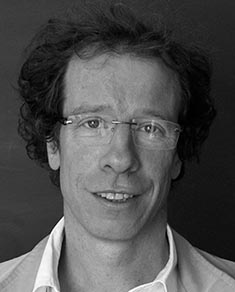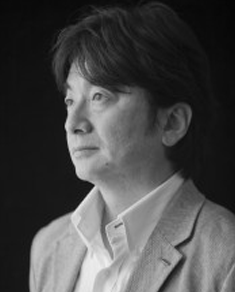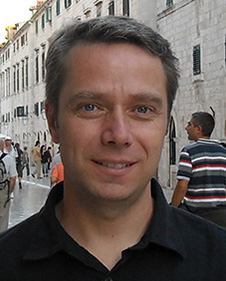Keynote Speakers
Monday, November 3
Title: Deep Convolution Networks as Geometric Image Representations
|

|
Biography
Stéphane Mallat received the Ph.D. degree in electrical engineering from the University of Pennsylvania, in 1988. He was then Professor at the Courant Institute of Mathematical Sciences. In 1995, he became Professor in Applied Mathematics at Ecole Polytechnique, Paris. From 2001 to 2007 he was co-founder and CEO of a semiconductor start-up company. In 2012 he joined the Computer Science Department of Ecole Normale Supérieure, in Paris.
Stéphane Mallat’s research interests include signal processing, computer vision, harmonic analysis and learning. He wrote a book entitled “Wavelet tour of signal processing: the sparse way”. In 1997, he received the Outstanding Achievement Award from the SPIE Society and was a plenary lecturer at the International Congress of Mathematicians in 1998. He also received the 2004 European IST Grand prize, the 2004 INIST-CNRS prize for most cited French researcher in engineering and computer science, and the 2007 EADS grand prize of the French Academy of Sciences.
Tuesday, November 4
Title: How Changing Mobile and Media Technologies is Changing The Way We Create Innovations
|

|
Biography
Dr. Minoru “Mick” Etoh has several professional and academic roles. He is a Senior Vice President of NTT DOCOMO in charge of innovation management. He is also President and CEO of NTT DOCOMO Ventures (the VC firm of NTT Group), and of DOCOMO Capital, Inc. (Palo Alto, California).. He has written several books and more than a hundred journal papers on network architecture, terminal software, coding technologies, media transport, information retrieval, and data mining. Through those activities, he is recognized as one of major contributors to H.264 standard for Engineering Emmy Award 2008.
Wednesday, November 5
Title: RGB-D Perception in Robotics
|

|
Biography
Dieter Fox is a Professor in the Department of Computer Science & Engineering at the University of Washington, where he heads the UW Robotics and State Estimation Lab. From 2009 to 2011, he was also Director of the Intel Research Labs Seattle. He currently serves as the academic PI of the Intel Science and Technology Center for Pervasive Computing hosted at UW. Dieter obtained his Ph.D. from the University of Bonn, Germany. Before going to UW, he spent two years as a postdoctoral researcher at the CMU Robot Learning Lab. Fox's research is in artificial intelligence, with a focus on state estimation applied to robotics and activity recognition. He has published over 150 technical papers and is co-author of the text book "Probabilistic Robotics". He is a fellow of the AAAI and received several best paper awards at major robotics and AI conferences. He is an editor of the IEEE Transactions on Robotics, was program co-chair of the 2008 AAAI Conference on Artificial Intelligence, and served as the program chair of the 2013 Robotics: Science and Systems conference.